Which of the following is not a surfactant?
The correct Answer is:B
To determine which of the given options is not a surfactant, we need to understand what surfactants are and their properties. Here’s a step-by-step solution:
Step 1: Define Surfactants
Surfactants, or surface-active agents, are compounds that lower the surface tension between two substances, such as a liquid and a solid or a liquid and a gas. They are amphiphilic molecules, meaning they have both hydrophobic (water-repelling) and hydrophilic (water-attracting) parts.
Hint: Remember that surfactants have both a water-loving and a water-repelling part.
Step 2: Identify the Structure of Surfactants
Surfactants typically consist of a long hydrocarbon chain (the hydrophobic part) and a functional group (the hydrophilic part). They often carry a charge, which can be cationic (positively charged) or anionic (negatively charged).
Hint: Look for the presence of a charge in the options provided to identify surfactants.
Step 3: Analyze the Options
Now, we will evaluate each option provided in the question. We need to check for the presence of cationic or anionic parts and any charges on the molecules.
1. Option A: Check for cationic or anionic parts and charges.
2. Option B: Check for cationic or anionic parts and charges.
3. Option C: Check for cationic or anionic parts and charges.
4. Option D: Check for cationic or anionic parts and charges.
Hint: Compare each option against the definition of surfactants.
Step 4: Identify the Non-Surfactant
After analyzing the options, we find that:
- Option A, C, and D have cationic or anionic parts and charges, indicating they are surfactants.
- Option B does not have any cationic or anionic parts and lacks a charge, which means it is not a surfactant.
Hint: Focus on which option lacks the necessary structural features of surfactants.
Step 5: Conclusion
The option that is not a surfactant is Option B.
Final Answer: Option B is not a surfactant.
Surfactants, or surface-active agents, are compounds that lower the surface tension between two substances, such as a liquid and a solid or a liquid and a gas. They are amphiphilic molecules, meaning they have both hydrophobic (water-repelling) and hydrophilic (water-attracting) parts.
Surfactants typically consist of a long hydrocarbon chain (the hydrophobic part) and a functional group (the hydrophilic part). They often carry a charge, which can be cationic (positively charged) or anionic (negatively charged).
Now, we will evaluate each option provided in the question. We need to check for the presence of cationic or anionic parts and any charges on the molecules.
2. Option B: Check for cationic or anionic parts and charges.
3. Option C: Check for cationic or anionic parts and charges.
4. Option D: Check for cationic or anionic parts and charges.
After analyzing the options, we find that:
- Option A, C, and D have cationic or anionic parts and charges, indicating they are surfactants.
- Option B does not have any cationic or anionic parts and lacks a charge, which means it is not a surfactant.
The option that is not a surfactant is Option B.
Topper's Solved these Questions
- CHEMISTRY IN EVERYDAY LIFE BOOK - NCERT FINGERTPS ENGLISHCHAPTER - CHEMISTRY IN EVERYDAY LIFE EXERCISE - EXEMPLAR PROBLEMS
15 Videos
- CHEMISTRY IN EVERYDAY LIFE BOOK - NCERT FINGERTPS ENGLISHCHAPTER - CHEMISTRY IN EVERYDAY LIFE EXERCISE - ASSERTION AND REASON
15 Videos
- CHEMISTRY IN EVERYDAY LIFE BOOK - NCERT FINGERTPS ENGLISHCHAPTER - CHEMISTRY IN EVERYDAY LIFE EXERCISE - NCERT Exemplar
15 Videos
- CHEMICAL KINETICSBOOK - NCERT FINGERTPS ENGLISHCHAPTER - CHEMICAL KINETICSEXERCISE - Assertion And Reason
15 Videos
- COORDINATION COMPOUNDS BOOK - NCERT FINGERTPS ENGLISHCHAPTER - COORDINATION COMPOUNDS EXERCISE - Assertion And Reason
15 Videos
Similar Questions
Knowledge Check
Passage-3
Soaps are the detergents used since long. Soaps used for cleansing purpose are sodium or potassium salts of long chain fatty acids such as stearic acid, palmitic acid. These cannot be used with hard water. Synthetic detergents are cleansing agents which have all the properties of soap but which actually do not contain any soap. These can be used both in soft water and hard water as they give foam even in hard water.
Which one of the following is not a surfactant?A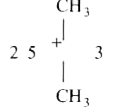 BCH3(CH2)4CH2NH2CCH3−(CH2)16CH2OSO−2Na+DOHC−(CH2)4CH2COO−Na+
BCH3(CH2)4CH2NH2CCH3−(CH2)16CH2OSO−2Na+DOHC−(CH2)4CH2COO−Na+Which of the following is not expected to be intermediate of the following reaction ?
 A
A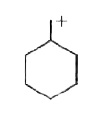 B
B C
C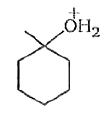 D
D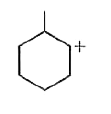
Which of the following is correct about the following compound

View SolutionWhich of the following is not an example of organochlorine which shows biomagnification?
View SolutionWhich of the following is known as freon which is used as a refrigerant ? .
View SolutionRead the following statements. Which one of the following is incorrect?
View SolutionWhich of the following is/are not the products in the following reaction?
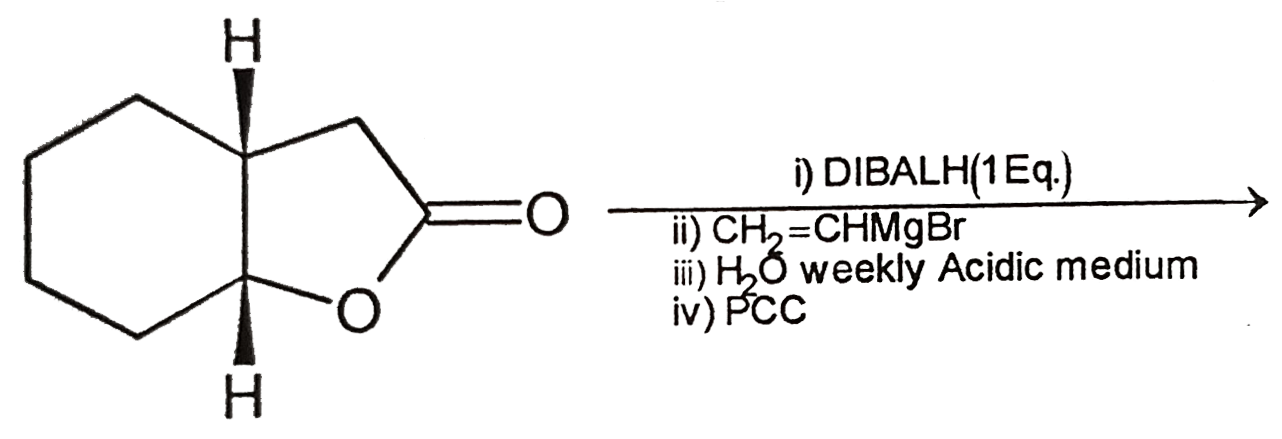
View SolutionMatch the following :
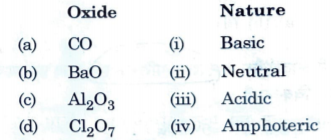
Which of the following is correct option ?
View Solution
